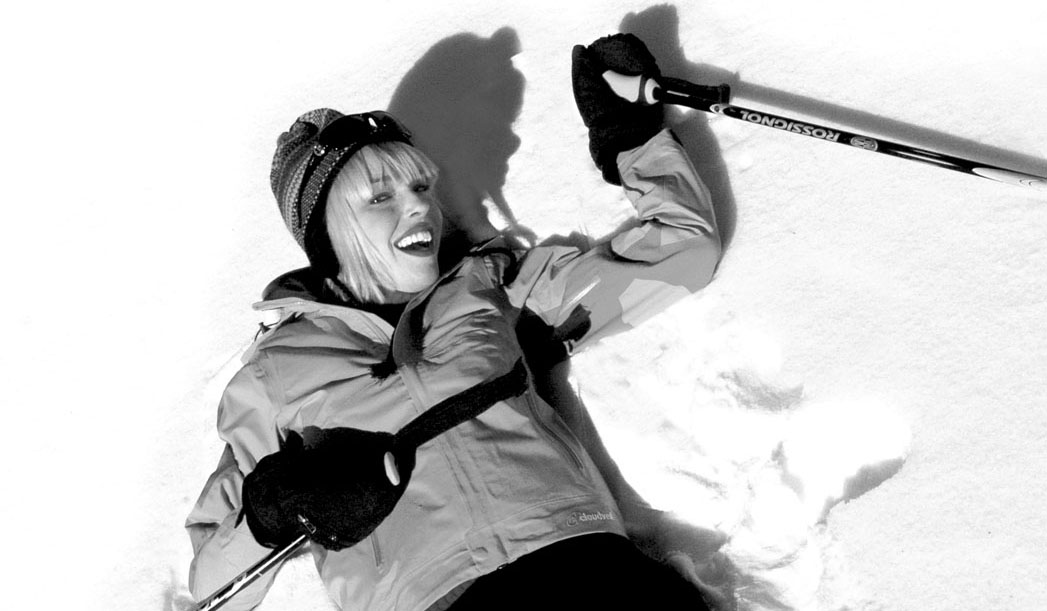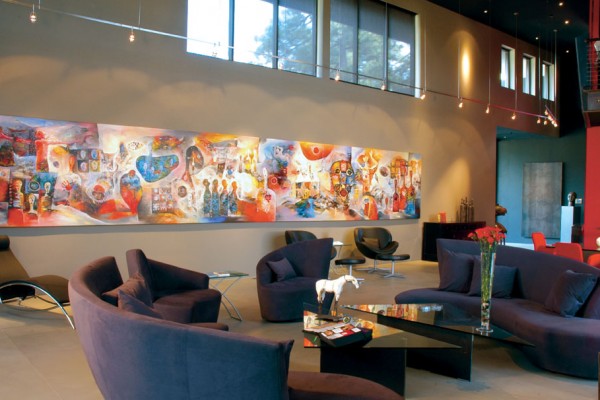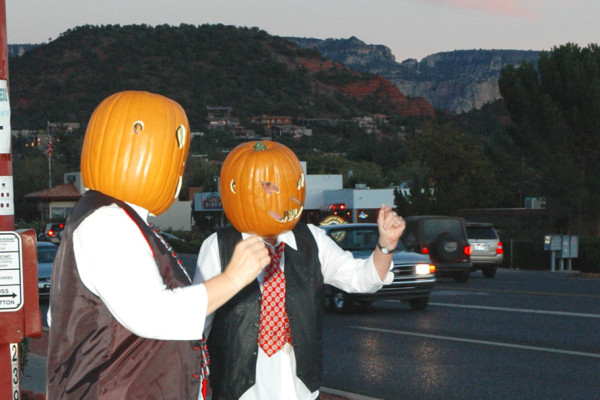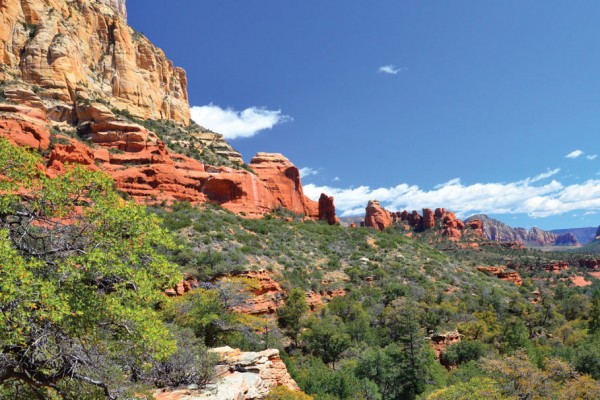December is here, and if it hasn’t happened already, thousands of northern Arizona residents are watching the sky, holding their breath until the first delicate snowflake drifts down. While our friends in other locales – the country’s snowiest city, Rochester, N.Y., comes to mind – might not be as excited at the sight of the white stuff, here it’s an event heralding the opening of our two premier downhill ski and snowboard resorts, Arizona Snowbowl near Flagstaff and Sunrise Ski Park in the White Mountains. Fresh snow also means cross-country skiing and snowshoeing at the Flagstaff Nordic Center as well as sledding, tubing, snowmobiling, dog sledding (seriously), and lots of snowball fights in the Coconino National Forest.
Some folks outside the region might be surprised to hear Arizona receives snow at all. It’s understandable; many people equate Arizona with Phoenix, where the greatest snowfall ever officially reported was in 1933 and 1937: One inch. But it’s different in the northern part of the state. In Sedona our average snowfall clocks in at 8.8 inches each year – just enough to make the red rocks look dazzling and justify the Ugg boots, but not enough to worry about straining your back shoveling out the driveway. So, to our friends in Rochester who receive an average of 94 inches each year, surely you’ll understand why snow in our part of the world makes us more likely to get out and frolic than huddle by the fire thinking about California beaches. Snow in Arizona – it’s a sight everyone should see. Whether you’re training for the Olympic snowboarding trials or just want to teach the kids how to build a proper snowman, we’ve got the lowdown on the best spots to enjoy winter.
Arizona Snowbowl
Many people are surprised to learn there’s skiing in Arizona, says Dave Smith, director of sales and marketing at Arizona Snowbowl, the four-lift, 32-trail ski and snow park located seven miles northwest of Flagstaff in the San Francisco Peaks. “When they get here and see what we have they are absolutely amazed…and it’s only going to get bigger and better,” he adds. Snowbowl opened in 1938 and is one of the oldest ski run areas in the country. If you think of the state as nothing more than a vast, waterless desert, head up north and prepare to be wowed.
Snowbowl’s snowfall averages 260 inches each year – 240 inches fell in the 2007-08 ski season – but in 2004-05 the mountain had 460 inches, one of the snowiest spots on earth that year. Dave says the park opened in time for Halloween in 2004, and snow was still on the ground in August 2005. “On a good year this place is legendary,” says Dave. “People come from all over, especially at spring break.”
While 2004-05 may have had the 500 employees at Snowbowl jumping for joy, the 2001-02 and 2005-06 seasons held a different story. Toward the start of the millennium the park was only open four days – the worst season ever – while in 2005-06 it was open a mere 15 days. Snowbowl hopes seasons like those are a thing of the past: In August, the Ninth Circuit Court of Appeals gave the resort the green light to proceed with upgrades, including the ability to make snow using reclaimed water, the first ski area in the nation to do so. The decision was not without controversy, mainly coming from area Indian tribes that consider the San Francisco Peaks sacred. Dave says if the court’s decision is upheld Snowbowl hopes to be making snow for the 2009-10 season.
“This is huge for the resort,” he says. “Most resorts in the U.S. have snow making. It gives your resort predictability – you know when your season begins and when your employees need to start work [Snowbowl’s season typically begins in mid-December and lasts through mid-April. –Ed.] It also means you can predict revenue so you can budget for additional lifts and upgrade your infrastructure. We hope to expand our lodges. Right now, on Christmas for example, we’ll have people eating on the floor because we just don’t have enough room.”




